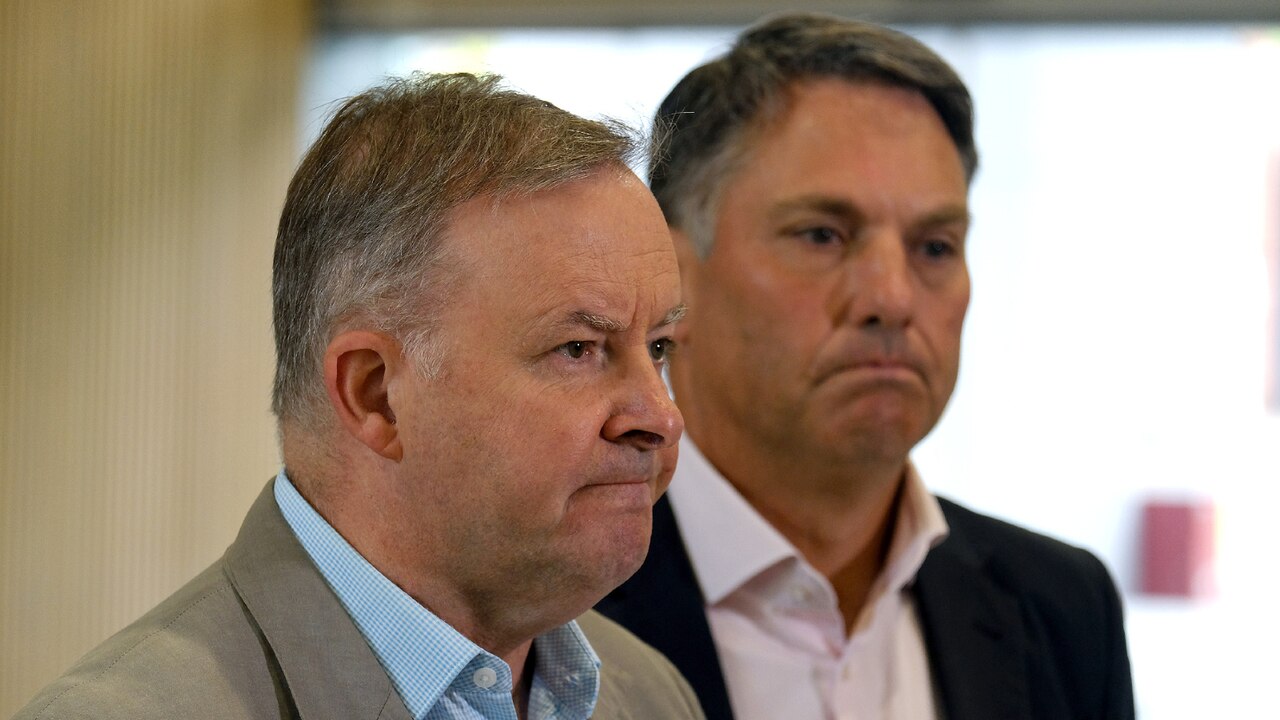
With hawkish nominations for key posts, such as Mike Waltz as the new national security adviser, Tom Homan as US border tsar, Elise Stefanik as ambassador to the United Nations and Pete Hegseth as secretary of defence, Donald Trump seems poised to rapidly assert his new security policy after his inauguration in January.
None of this should surprise. The much-whispered Project 2025 will likely be the initial defence team’s national security policy blueprint. Partly co-authored by Trump’s former secretary of defence, Christopher Miller, it includes a targeted and specific agenda designed to oblige America’s allies to increase their “burden share” regarding global security.
Notably, Project 2025 cites Australia (alongside Japan) as a country required to “step up”. The report also calls for reforms to NATO, sustaining support to Israel, an accelerated US military withdrawal from South Korea, and increased accountability from senior military leadership when it comes to decision-making and so-called “social engineering”.

Tied to Project 2025 is the creeping use of 3 per cent of GDP by some in the incoming US administration as a key “step-up” metric to judge future defence spending by allies. If this holds, Australia would be expected to increase its current defence spending from $52.58bn in 2022-23 to $78bn from 2024-25.
While many on both sides of the political aisle in Australia would rail at such an impost on the federal budget, the consequences of not doing so could be significant, especially given the dependency Australia now has on the United States.
With regards to AUKUS and the acquisition of US Virginia-class submarines as part of the optimal pathway to an AUKUS-class submarine in the late 2030s, Australia is now wholly dependent on the US keeping its side of the bargain struck in 2021 under President Joe Biden.
If Trump insists on Australia rapidly increasing its defence spending (and ties this condition to his ongoing support to AUKUS), what choice does Australia have? In considering this, the government would do well to reflect on the findings of the 2022-23 Lowy poll on Australia’s security and defence; 75 per cent of respondents agreed that it’s likely China will become a military threat to Australia in the next 20 years.
The identical poll also revealed that 67 to 70 per cent of Australians favour Australia acquiring nuclear-powered submarines. Australians generally want to see AUKUS succeed and understand the reasons for doing so.
Politics is critical to this issue and a case must be made to the public that explains why increases in defence spending are necessary if Australia is to remain safe and secure from any hostile action over the coming decade.
So, what would Australia increase its defence spending on? Putting aside the serious challenges around industrial capacity, a nascent defence industry, a hollow workforce, and low recruiting and retention (all severe issues), several marquee acquisitions could be made via a foreign military sales process that would significantly improve national and regional security.
The first would be acquiring and developing a ballistic missile defence system for some parts of Australia. Noting the unique nature of the Australian continent as well as the significant challenges associated with integrating air defence, joint strike and theatre command and control across such a vast space, Australia could instead choose where it wanted to assert air control in certain parts of the continent in ways that could deny most adversaries the ability to threaten critical infrastructure and significant population centres.

An Australian BMD system might choose to protect the southeast corner of the nation as well as Perth, Adelaide, Brisbane, Darwin and RAAF Base Tindall. Such an investment would, however, cost tens of billions of dollars. The Australian government would need to invest for the long term.
Other investments in a 3 per cent defence budget would include restoring recently cancelled space access and control programs, and expanding autonomous technologies, particularly in the rapid prototyping and fielding of on-water and undersea autonomous sensor and surveillance platforms. This budget would also seek to double the air force’s force projection platforms, focusing on increased capabilities in airspace battle management, tactical and strategic airlift platforms, and air-to-air refuelling capabilities.
A significant opportunity under a rapid budget increase would be to decouple the future AUKUS submarine program from the broader Defence budget. This would avoid what many perceive as AUKUS effectively eating the defence budget from the inside out, one project at a time. AUKUS submarines effectively amount to a national endeavour beyond the defence budget and should therefore be excised to stabilise all significant capital investment programs in Defence.
It remains to be confirmed whether Project 2025 will become the blueprint for defence budgets everywhere once Trump assumes office. But early indications are the incoming administration is serious about delivering on its promises to its electors. Therefore, it should come as no surprise that Australia will be asked, if not expected, to increase its commitment to its defence. In Australia, like America, freedom isn’t free.
Brigadier Ian Langford (retired) holds a PhD from Deakin University and is a tenured professor at the University of NSW.







The incoming Trump administration is demonstrating early the seriousness of its commitment to implementing an “America First” security and foreign policy agenda.